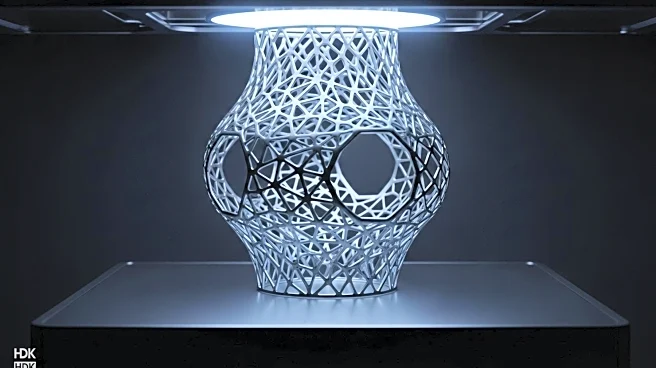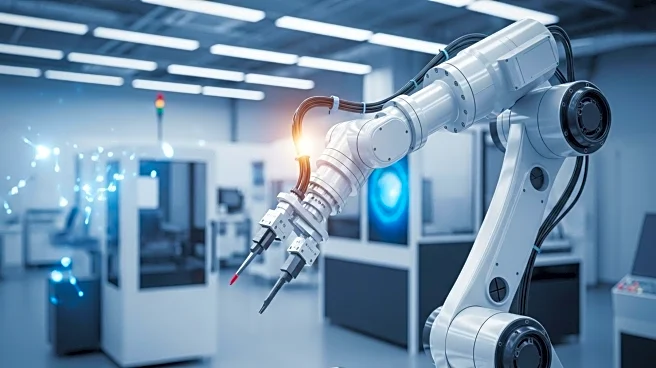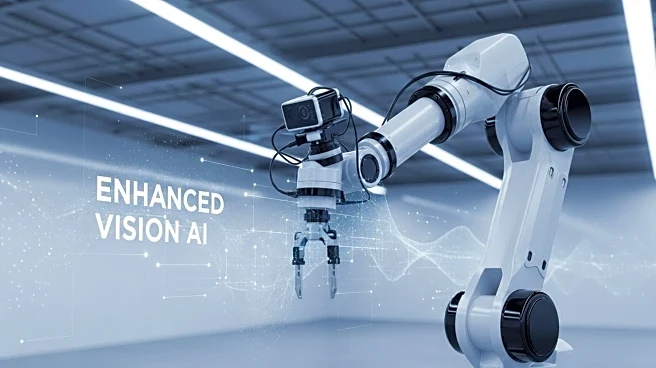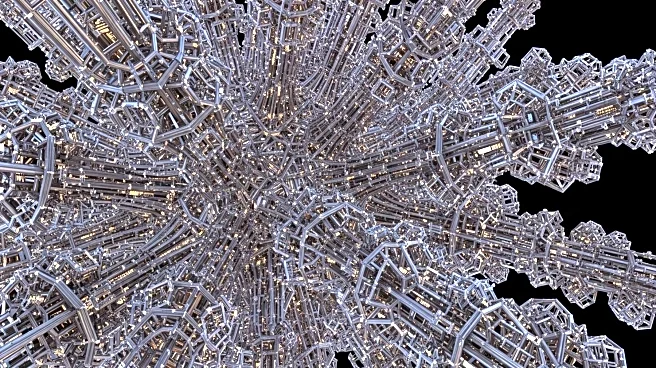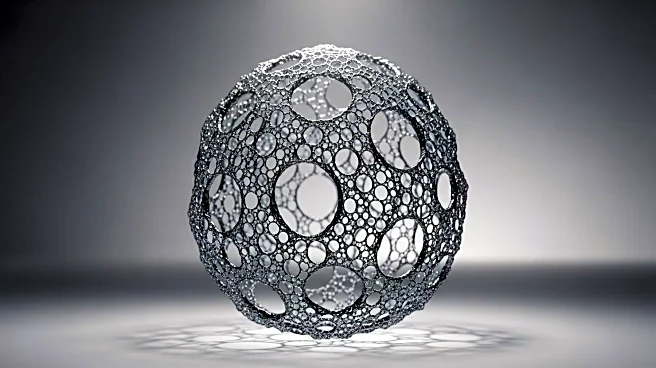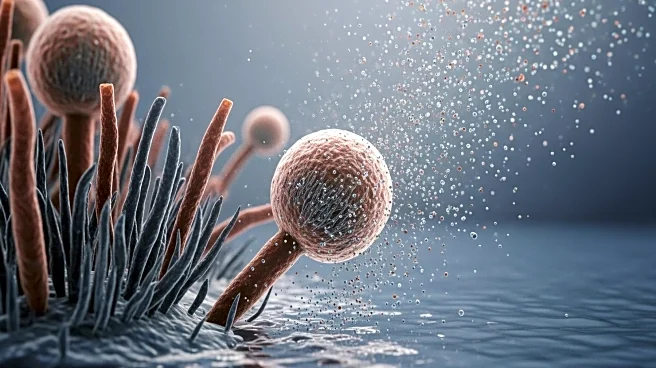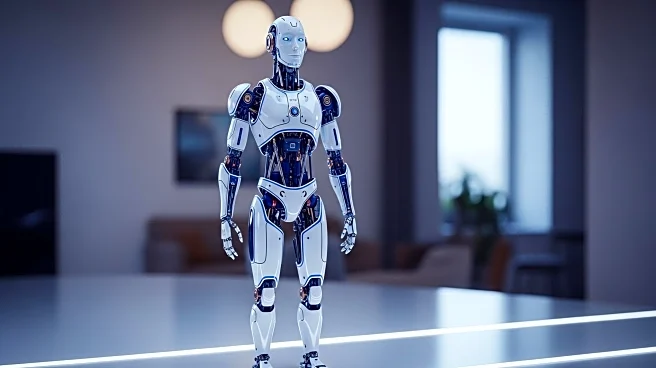What is the story about?
What's Happening?
Researchers at EPFL's School of Engineering have introduced a novel approach to 3D printing that significantly enhances the strength of materials. Led by Daryl Yee, the team has developed a method that involves using a water-based hydrogel to create a framework, which is then infused with metal salts. These salts are chemically converted into nanoparticles, resulting in a dense metal or ceramic object after multiple growth cycles. This technique allows for the creation of composites with high metal content, addressing issues of porosity and shrinkage found in traditional methods. The process enables the fabrication of strong, complex structures, such as gyroids made from iron, silver, and copper, which can withstand 20 times more pressure than previous methods.
Why It's Important?
This advancement in 3D printing technology has significant implications for various industries, particularly those requiring strong, lightweight, and complex materials. The ability to produce high-quality metals and ceramics at a lower cost and with greater strength could revolutionize sectors such as biomedical devices, energy conversion, and storage technologies. The technique's potential to create advanced cooling properties and high-surface area metals could enhance energy technologies, making them more efficient and sustainable. Industries stand to benefit from reduced material costs and improved product performance, potentially leading to innovations in manufacturing and design.
What's Next?
The research team is focused on refining their process to increase material density and reduce processing time, aiming for industrial adoption. Automation through robotics is being explored to expedite the infusion steps, making the method more time-efficient compared to existing 3D printing techniques. As the process becomes more streamlined, it could see wider application across industries, potentially transforming manufacturing practices and enabling new product designs. Continued development and optimization could lead to broader commercial use, impacting sectors reliant on advanced material properties.
Beyond the Headlines
The introduction of this technique represents a shift in additive manufacturing paradigms, where material selection occurs post-printing rather than pre-printing. This could lead to more flexible manufacturing processes, allowing for customization and adaptation to specific industry needs. The ethical and environmental implications of reducing material waste and energy consumption in manufacturing are significant, potentially contributing to more sustainable industrial practices. Long-term, this innovation could drive changes in how materials are sourced and utilized, promoting efficiency and reducing environmental impact.
AI Generated Content
Do you find this article useful?
